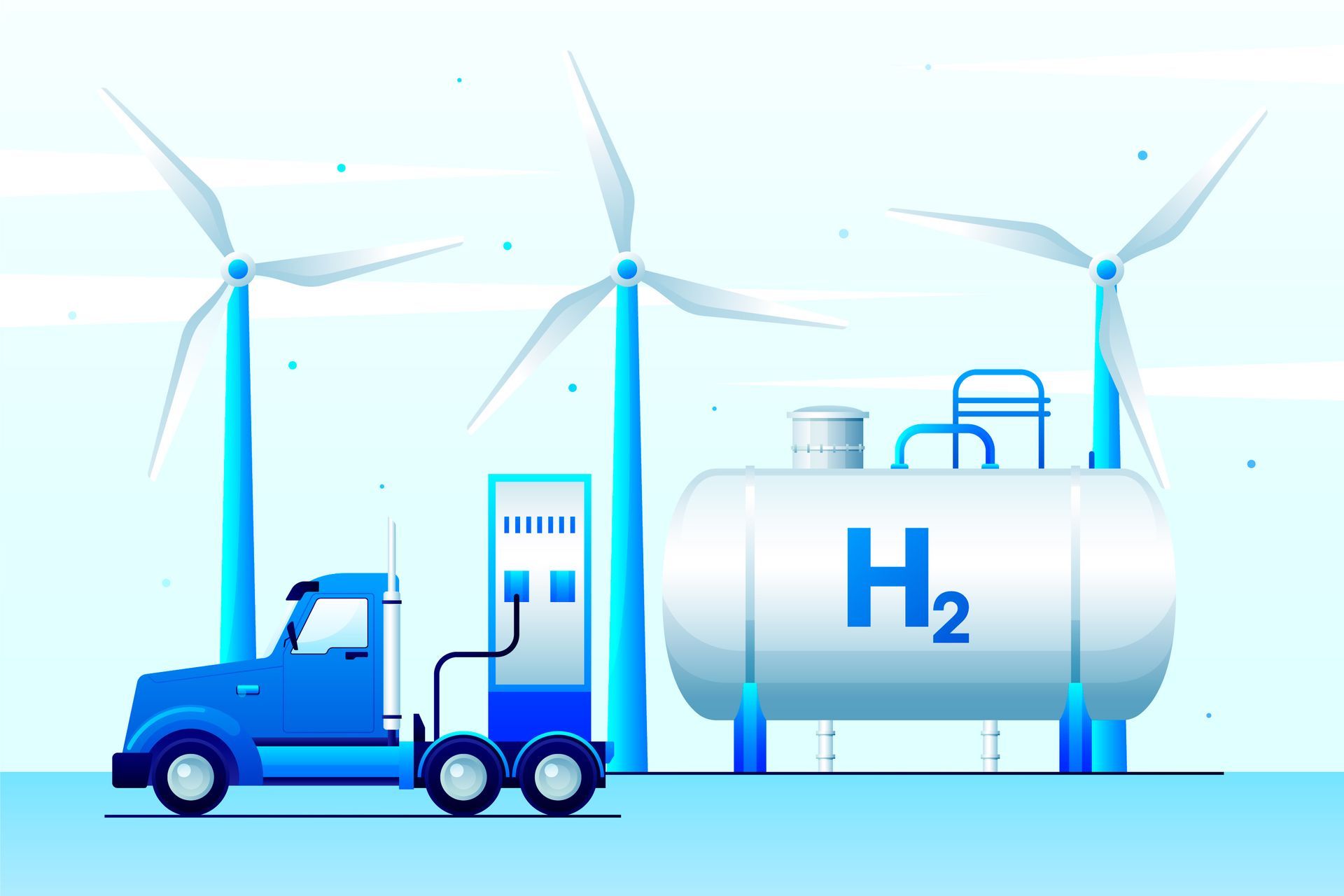5 ESSENTIALS TIPS FOR WRITING AND DESIGNING SCIENTIFIC PUBLICATIONS
Author: Kristen Bray
What do you need to do to get your research paper published? As practice shows, doing a high-quality scientific publication is not enough. But if you listen to five essential tips for writing and designing such a paper, you will experience absolute pleasure from scientific work, save time and avoid many mistakes. So, the veil of mystery is opening.
# 1 Follow the Instructions
Consider that abstracts for scholarly articles are somewhat different from conference abstracts. In addition, journals, associations, and communities have other guidelines. Thus, ensure that:
- Your abstract contains what is required;
- The content is appropriate;
- You have followed all formatting rules.
# 2 Take Care of Abstract
In other words, you need to ensure that your abstract has everything you need, no more, no less. Consider that it should be 150 to 250 words in total. Readers should be able to understand your purpose, methods, and thesis statement quickly. You need to provide all of this information concisely and coherently.
A full-length paper or presentation is designed to provide more detailed information and answer questions. However, a conference presentation may also require you to focus on one specific aspect of your research, as time may prevent you from covering the larger project. Therefore, in this case, the best solution is to use the All Top Reviews writing services review website if you want to find an experienced professional to help you avoid possible mistakes.
# 3 Stick to a Consistent Style
Always follow a consistent style of your writing. Inexperienced scholars are often willing to show off their knowledge and therefore use a lot of clerical and academic vocabulary. As a result, such text becomes unreadable even to experienced colleagues. Moreover, researchers from related disciplines can’t cope with confusing definitions.
Try to use terminology and highly specialized words only when necessary, and don’t forget the explanations. When you choose your topic, give some historical information about it. Even if your paper is groundbreaking, you can always find a theoretical foundation in related sciences.
# 4 Don’t be Afraid of Illustrations and Tables
It’s the rule for your overall structure. State your ideas in the following order: illustration, explanation, and understanding. Charts and graphs are very illuminating and essential to understanding the big picture of your paper. Remember that you should have at least one table summarizing the data for most charts.
Feel free to use more than one table or one main table if a numerical version of your main results is available to readers. The tables show the amount of effort that went into proving the effectiveness of your proposed method. If you’re not strong in this issue, use the Trust My Paper writing service for the best results.
Of course, preparing a scientific publication is a fascinating activity, which, with proper attention, can help you climb the career ladder. Nevertheless, there are enough pitfalls and difficulties in this issue.
So if you want to be published in a prestigious scientific journal and starve for time, why rack your brains and waste your nerves when a trusted writing service like Trust My Paper is at your fingertips? Remember, there’s no shame in taking advantage of the help of experts and writers when you need it.
# 5 Pay Special Attention to the Bibliography
Remember, the researchers must show their paper with references to the works of other scientists. The article can’t be considered scientific if you state only your thoughts without any sources. However, keep in mind that the text of the research publication is not only the theoretical statements of other authors, supplemented by your conclusions. It is your vision of the problem based on academic material. The balance of these two factors and a genuinely unique idea will be the keys to your success.
Checklist for Writing a Research Paper
Summing Up
Hopefully, after reading this article, you have mastered the basics of writing a scientific publication. The main thing is not to give in to fears and doubts. Indeed, believe in yourself. And perhaps it will be your first step toward building a great academic career. In addition, don’t forget about the existence of quality writing services, which will be helpful if you don’t have a lot of time.
About the author: Kristen Bray is a professional writer and blogger. She mainly covers topics such as blogging, digital marketing, and self-education. In her free time, she practices yoga and also travels.
More articles!







